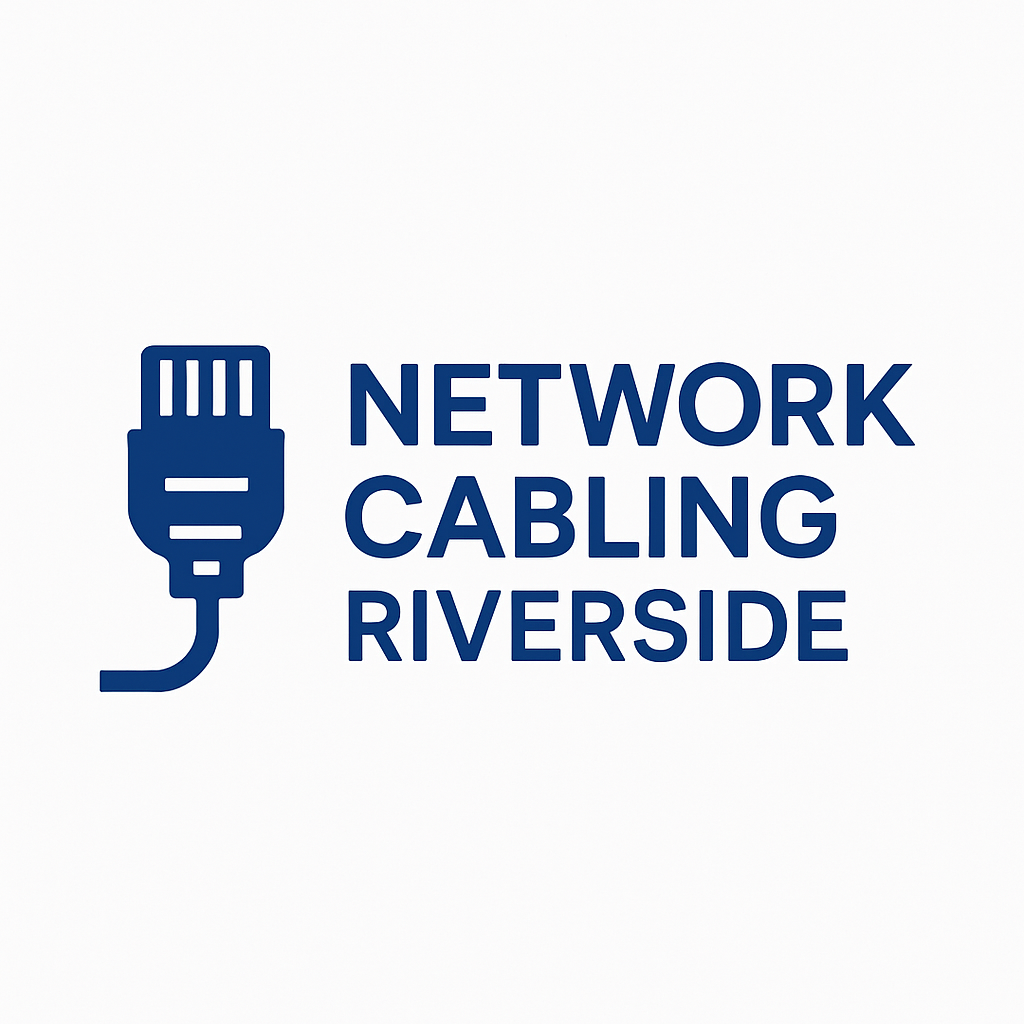Understanding Network Cabling: A Complete Guide for Riverside, CA
Network cabling is the backbone of modern businesses, homes, and organizations. In Riverside, CA, reliable and efficient network cabling is essential for supporting high-speed internet, data transfer, and telecommunications. This guide will explore what network cabling is, the types available, installation best practices, maintenance tips, and how it can improve performance and reliability in your network infrastructure.
What is Network Cabling?
Network cabling is the structured system of wires and cables that connect computers, servers, routers, and other devices within a network. These cables carry data signals and allow devices to communicate seamlessly. A properly installed network cabling system ensures stable connections, minimal downtime, and optimized performance.
Network cabling is used in:
- Offices and commercial buildings
- Data centers and server rooms
- Schools, hospitals, and public facilities
- Residential homes with complex networking needs
Types of Network Cabling
Choosing the right type of network cabling is crucial for ensuring performance, speed, and reliability. The most common types include:
1. Twisted Pair Cables
Twisted pair cables are widely used for local area networks (LANs). They consist of pairs of wires twisted together to reduce interference.
- Unshielded Twisted Pair (UTP): Commonly used for standard office networks.
- Shielded Twisted Pair (STP): Provides extra protection against electromagnetic interference, suitable for high-interference environments.
2. Coaxial Cables
Coaxial cables have a single copper conductor, insulation, and an outer shield. While less common in modern networks, they are still used in certain broadband and video transmission applications.
3. Fiber Optic Cables
Fiber optic cables use light signals to transmit data, offering higher speeds and longer distances than copper cables. They are ideal for data centers, large enterprises, and critical infrastructure requiring ultra-reliable connections.
Network Cabling Standards and Performance
Network cabling is designed according to standards that define its performance, capacity, and installation requirements. Key standards include:
- Cat5e: Supports up to 1 Gbps speeds, suitable for most office networks.
- Cat6: Supports up to 10 Gbps over short distances, offering improved performance over Cat5e.
- Cat6a: Enhanced performance for 10 Gbps over longer distances, commonly used in commercial buildings.
- Fiber standards: Single-mode and multi-mode fiber support different distances and bandwidth requirements.
Adhering to these standards ensures compatibility with networking devices, reduces downtime, and maximizes data throughput.
Best Practices for Network Cabling Installation
Proper installation is essential to prevent performance issues, reduce maintenance, and extend the life of your network. Some best practices include:
- Plan the layout carefully: Determine cable paths, avoid interference, and provide easy access for maintenance.
- Label cables: Clear labeling helps identify connections quickly and reduces troubleshooting time.
- Maintain proper cable lengths: Avoid stretching or bending cables beyond recommended limits.
- Use quality materials: High-quality cables and connectors prevent signal loss and degradation.
- Follow local codes and safety regulations: Ensure compliance with Riverside, CA electrical and building standards.
Network Cabling Maintenance Tips
Regular maintenance of network cabling improves performance and reduces the risk of failures. Key maintenance practices include:
- Inspecting cables for wear, damage, or fraying
- Cleaning connectors and equipment regularly
- Testing cable performance periodically using network testers
- Replacing outdated cables with higher-performing standards
- Documenting the network layout for easy troubleshooting
Benefits of Proper Network Cabling
A well-designed network cabling system brings numerous advantages:
- Reliability: Reduces connection drops and downtime.
- Speed: Supports high-speed data transfer for modern applications.
- Scalability: Allows future network expansion without major infrastructure changes.
- Safety: Minimizes electrical hazards and prevents signal interference.
- Cost efficiency: Reduces maintenance costs and improves network longevity.
Common Network Cabling Challenges
Even with proper planning, network cabling can face challenges such as:
- Interference from electrical devices
- Cable damage from environmental factors
- Overcrowded cable pathways leading to overheating
- Inconsistent labeling causing troubleshooting delays
Understanding these challenges helps in designing a resilient cabling system.
Conclusion
Network cabling is a critical component for any organization or home that relies on reliable data and internet connections. By understanding the different types of cables, installation best practices, maintenance, and performance standards, residents and businesses in Riverside, CA can ensure stable, high-speed networks that meet their current and future needs. Investing in quality cabling infrastructure provides long-term benefits in reliability, speed, and scalability.
